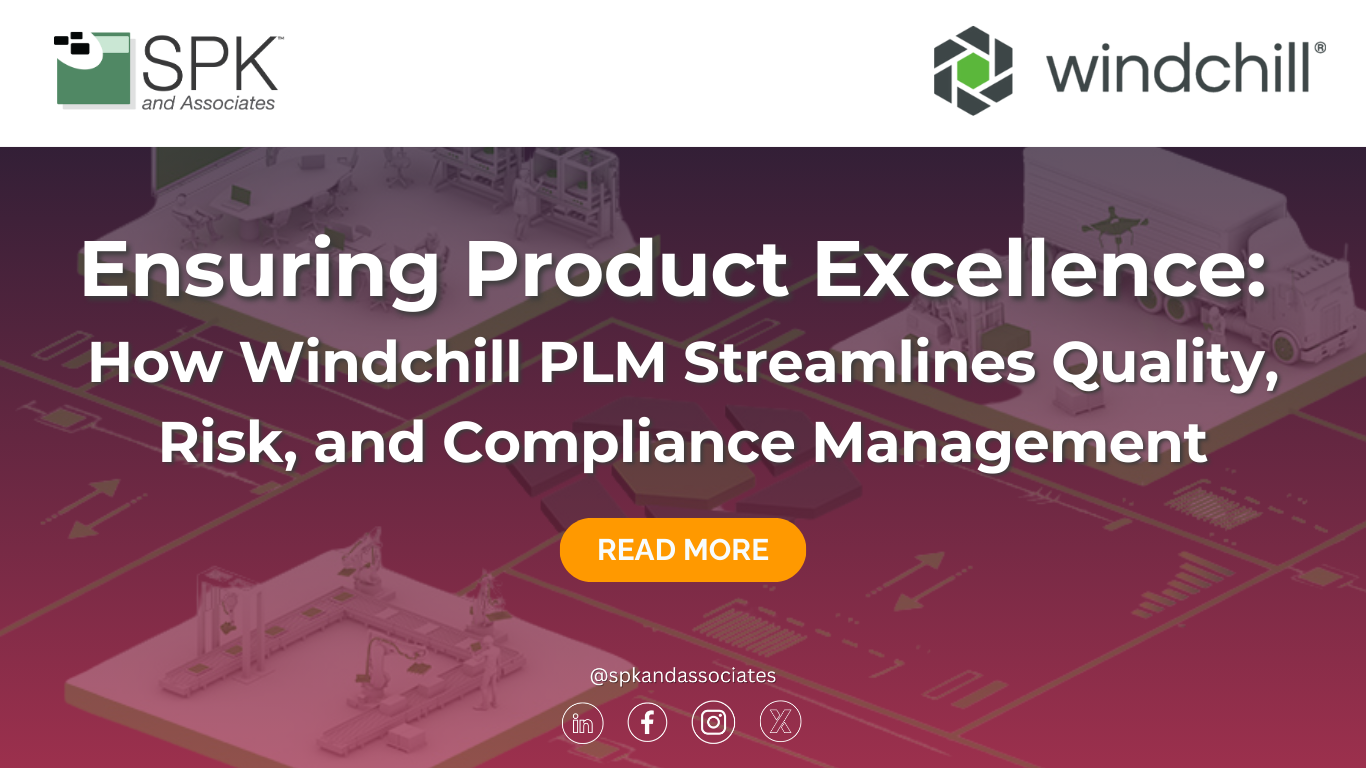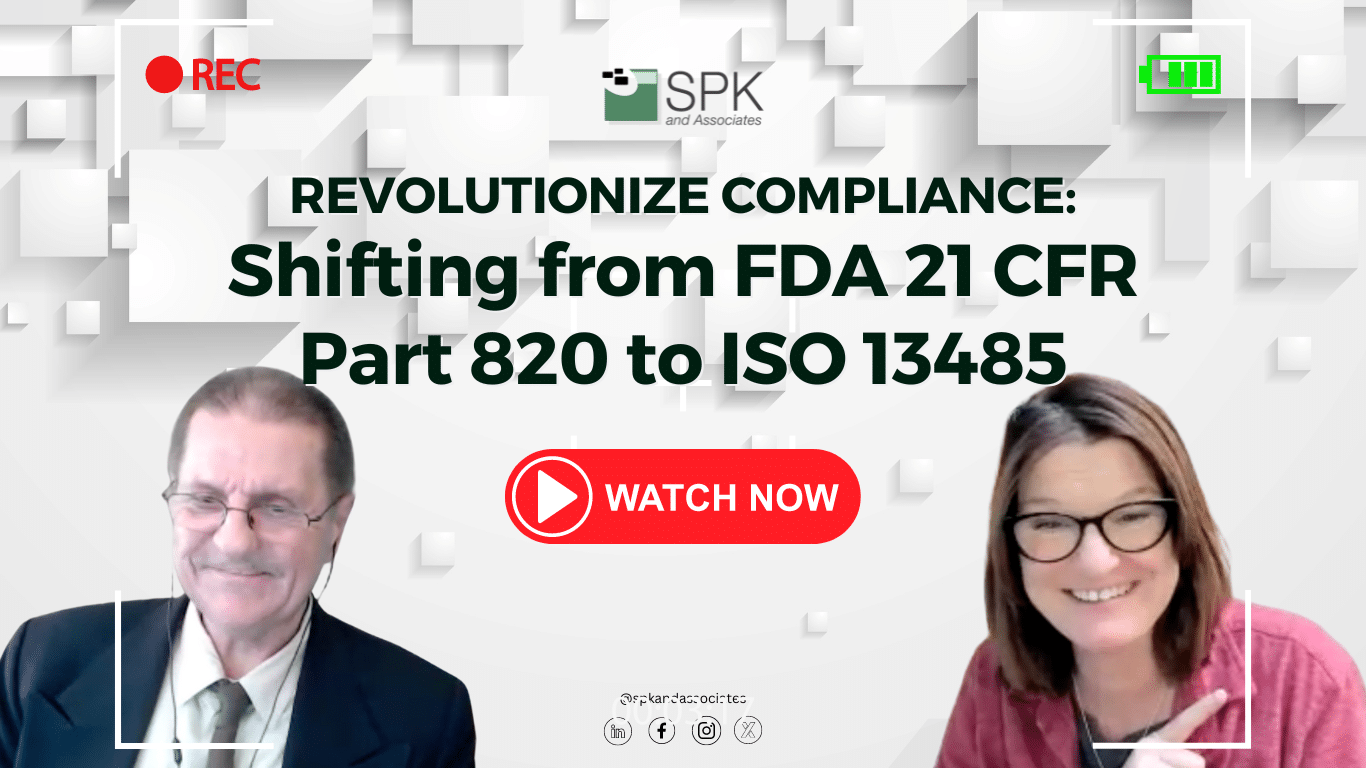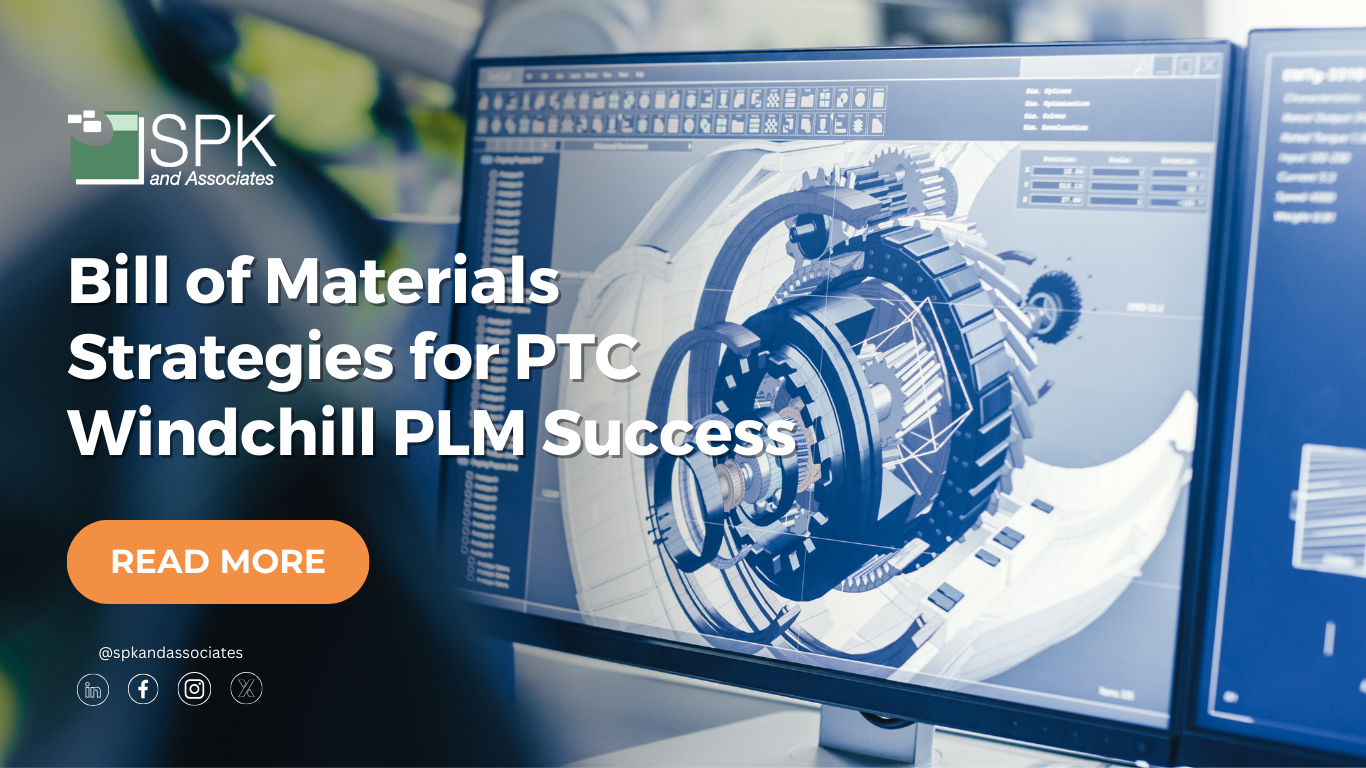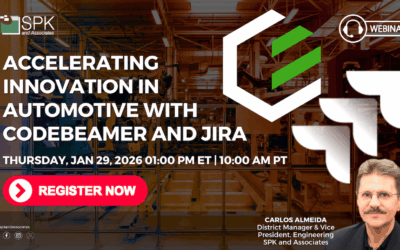When working in product development, balancing innovation with quality, risk management, and compliance is critical. Companies must meet stringent regulatory requirements, address increasing product complexity, and ensure their processes accelerate innovation. PTC’s Windchill PLM is a powerful solution that integrates quality and risk management into the product lifecycle management (PLM) process. It enables engineers to experiment with cutting-edge technologies while maintaining compliance.

Quality, Risk, and Compliance Management with Windchill
PTC’s Product Lifecycle Management solution, Windchill, creates a centralized, closed-loop system for quality, risk, and compliance management. By incorporating risk assessments into every stage of the product lifecycle, Windchill ensures that potential issues are identified and mitigated early. In addition to this, Windchill offers regulatory requirement integration. It can link regulatory requirements directly with documentation to ensure traceability and compliance with global standards such as ISO 13485 and FDA guidelines. Furthermore, Windchill’s ability to comprehensively track across supply chains and product lifecycles helps enable efficient problem resolution.
In addition to this, Windchill offers integrated validation processes. These processes align software applications with usability, verification, and design transfer requirements. Windchill can also be used to surveil post-market. It facilitates real-time complaint handling, regulatory reporting, and corrective action implementation to address issues. These features ensure seamless compliance with regulations while maintaining innovation.
Staying Ahead of Regulations and Standards
Navigating evolving regulations and global safety standards can be daunting. For example, the FDA’s shift from 21 CFR Part 820 to ISO 13485 took many individuals by surprise. This led to scrambling to ensure compliance. Windchill simplifies this process by:
- Automating compliance with worldwide standards for safety, security, and materials.
- Embedding best practices and standard processes to ensure engineering maturity and minimize data breaches.
- Providing tools to measure process improvement metrics and optimize workflows.
With these features, companies can stay ahead of regulatory changes without sacrificing speed or quality.
Eliminating Siloed Systems
Disconnected systems and inaccessible data often lead to late-stage issues and inefficiencies. This causes more risks and results in low-quality products. Windchill breaks down these silos by enabling end-to-end process data traceability. It ensures continuous testing and validation throughout the lifecycle. It also identifies problems early due to its robust analytics and collaboration tools. Furthermore, its streamlined workflows accelerate product development so you can produce high-quality products, quickly. By connecting people, processes, and technology, Windchill reduces errors and improves time-to-market.
Addressing Product Complexity
As modern product developers know, new products are only getting more complex. More components result in an intricate Bill of Materials (BOM). Windchill simplifies the complexity of managing new products by providing dependency insights between internal and external development teams. This improves coordination and alignment. In addition to this, Windchill supports multi-discipline, distributed teams with centralized data and workflows to further aid in communication. It also enables IoT, AR, and advanced analytics integration which helps pave the way for next-generation product designs. These capabilities allow engineers to focus on innovation while Windchill manages the details of quality, risk, and compliance.
Quality and Risk Management with Windchill
Windchill’s quality management capabilities include:
- Failure Mode and Effects Analysis (FMEA): Proactively addresses potential failure modes to enhance product reliability and reduce costs.
- Part-Centric Design Control: Automates compliance across multiple geographies with minimal overhead.
- Real-Time Failure Capture: Provides detailed failure analysis, ensuring faster root-cause identification and resolution.
These features empower teams to eliminate and prevent risks to achieve higher product yields, lower failure rates, and better compliance.
Windchill PLM for Quality, Risk, and Compliance
Windchill PLM’s closed-loop quality system allows engineers to experiment freely with new technologies while adhering to regulations. Its centralized risk and reliability analysis leads to better product performance from design to retirement. Furthermore, its traceability capabilities reduce costly rework by ensuring issues are addressed as soon as possible. Windchill eliminates failures, lowers costs, and accelerates time-to-market. By integrating quality management into the PLM process, Windchill ensures excellence across the product lifecycle.
Investing in Windchill PLM is not just about meeting today’s demands but building a future-proof framework for quality, risk, and compliance management. Empower your teams to deliver exceptional products with PTC’s Windchill PLM today.











